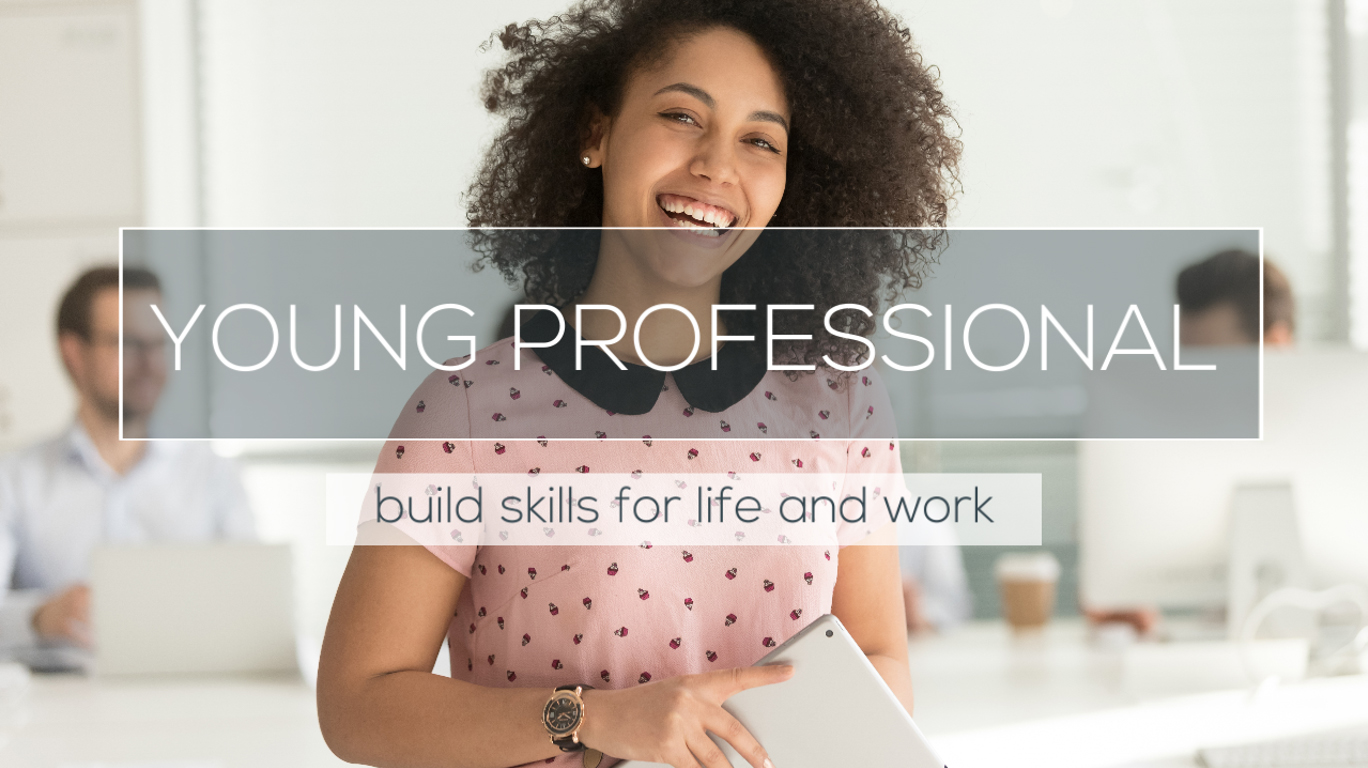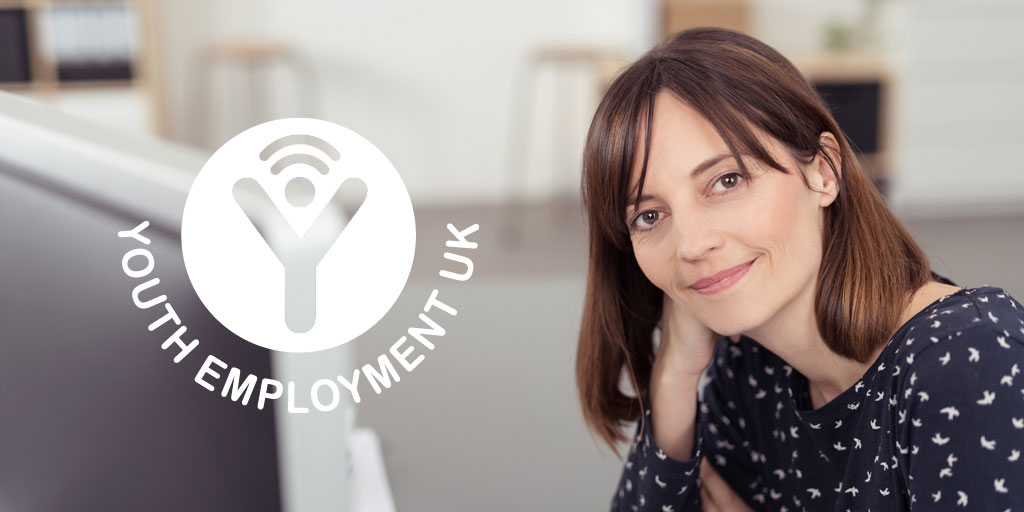Have a presentation coming up? Read these top tips to deliver a great presentation to your audience.
Giving a presentation is all about communication – verbal and non-verbal. And whether your presentation is a school project, part of your final grade for a qualification, or for work, there are a few things to consider that will help you shine and engage your audience. Let’s take a look at the main things you can do.
Make a good first impression – and get comfortable
Engage your audience straight away and show them that you are worth listening to by ensuring that you talk about things that are valuable to your audience, rather than showing off all the great things you know.
Greet your listeners, introduce yourself and the topic, and start your presentation with something interesting. This could be a question to get your audience involved, a funny story, or an inspiring tale that gets your audience to pay attention – just make sure it’s related to the topic!
Allow yourself to smile and treat it like a chat with people who are rooting for you. Even if your presentation is a part of your exam, try not to think of it as one and you’ll feel a lot more comfortable and able to present. It will show too – and your audience will feel more comfortable to engage with you.
Preparation is key to confidence
Preparing for your presentation just like you would if you had an exam is important (maybe this presentation is your exam!). Get familiar with your content so you know what to say, what comes next and the timing of your words.
If you’re nervous, make sure you know when you are going to speak, where you will stand, how long you have and how to set up your presentation so you don’t have to worry about them at the last minute.
If you are worried about answering questions, give your friend a prepared question to answer first so that you can feel more confident with answering the rest too.
Another way to prepare is listening to other great presentations. Watch famous speeches and presentations to get inspired and take away some insight. A good place to start is with TED talks.
But have a plan b too
You can prepare for the way you expect things to happen, but sometimes things go wrong (or just not the way we thought) and it can make us more nervous. If you focus on the things you can control, you’ll be prepared for almost anything that comes your way and you’ll know that you did all you could. For example, if you have a digital presentation but the technology fails at the last second and you can’t use it, what could you do to fix this? Make sure you know what is in your presentation beforehand so you can still present it, and consider printing out information for your audience just in case.
Engaging the audience – creating a conversation out of your presentation
If you ask a question in your presentation and nobody volunteers an answer, what can you do? You could offer up some information or insight such as “a common answer I usually get is…” or share an opinion or story that keeps things moving and makes the audience more comfortable to contribute. Your audience might be too nervous to speak up, so staying friendly and creating a conversation can lighten the atmosphere.
A common occurrence in a presentation is a difficult question. You might not know the answer and it can lower your confidence. But it doesn’t need to be a hard or negative thing. Have a brief think and if you still don’t know, be honest and admit it. Tell them you’re not sure, but it’s something you will consider and can find out for them. Then move onto the next question.
Keep it short
Usually you are given a time slot for your presentation. For example, you might have 30 minutes to speak. Always aim to keep your presentation shorter than this time. It’ll make sure that you don’t over run and you’ll only talk about the information that is important in a clear and concise way. If you still have a bit of time left over at the end, this is the perfect opportunity for a Q&A.
This also includes your things that accompany your speech. If you have a set of slides or handouts, don’t just make it a copy of your script. You’ll end up reading from your paper or slides without directing your words to the audience, and your audience will find it boring (and possibly overwhelming with too much information). Make sure you highlight the key points written down, and use your words and memory to expand on them.
End strong
Your ending may be the last thing your audience hears you say so make sure it’s a good one! Plan it out and make sure you know what you are going to say so that you don’t flounder for words and make it up during the real thing. Make sure you round up all the important things you’ve been speaking about, and reiterate why they were important for the audience.
Make it visual
It can be hard to pay attention when you receive a lot of information directed at you. To keep your audience engaged, use a presentation to support your speech. Use images that relate to what you are saying, use graphs to show important data, and use a slide show or handout to show your audience the most important pieces of information.
However, you are also a part of the visual. The audience will watch you speak, and while this can be scary for many people, you can pretend that it isn’t. The key things to do are:
- Speak clearly and slowly
- Make friendly eye contact
- Don’t chew gum
- Stand up straight
- Face the audience
- Smile🙂
It’s all about your body language! Make the audience think that you are confident, and you’ll start to believe it too. As you speak, you’ll see how well it is going and start to believe more in yourself. It’ll get easier and easier with practice.
Keep calm
Don’t worry if you’re nervous – it’s expected. It’s very common to have a fear of public speaking and many people feel the same way. If everyone in your class is giving presentations, remember that the people in your audience may be just as nervous as you for their turn.
Focus on what you know and all your preparation, and you’ll be fine. Just remember to take a deep breath and take your time.
Good luck!
Main image credit: Flipsnack













